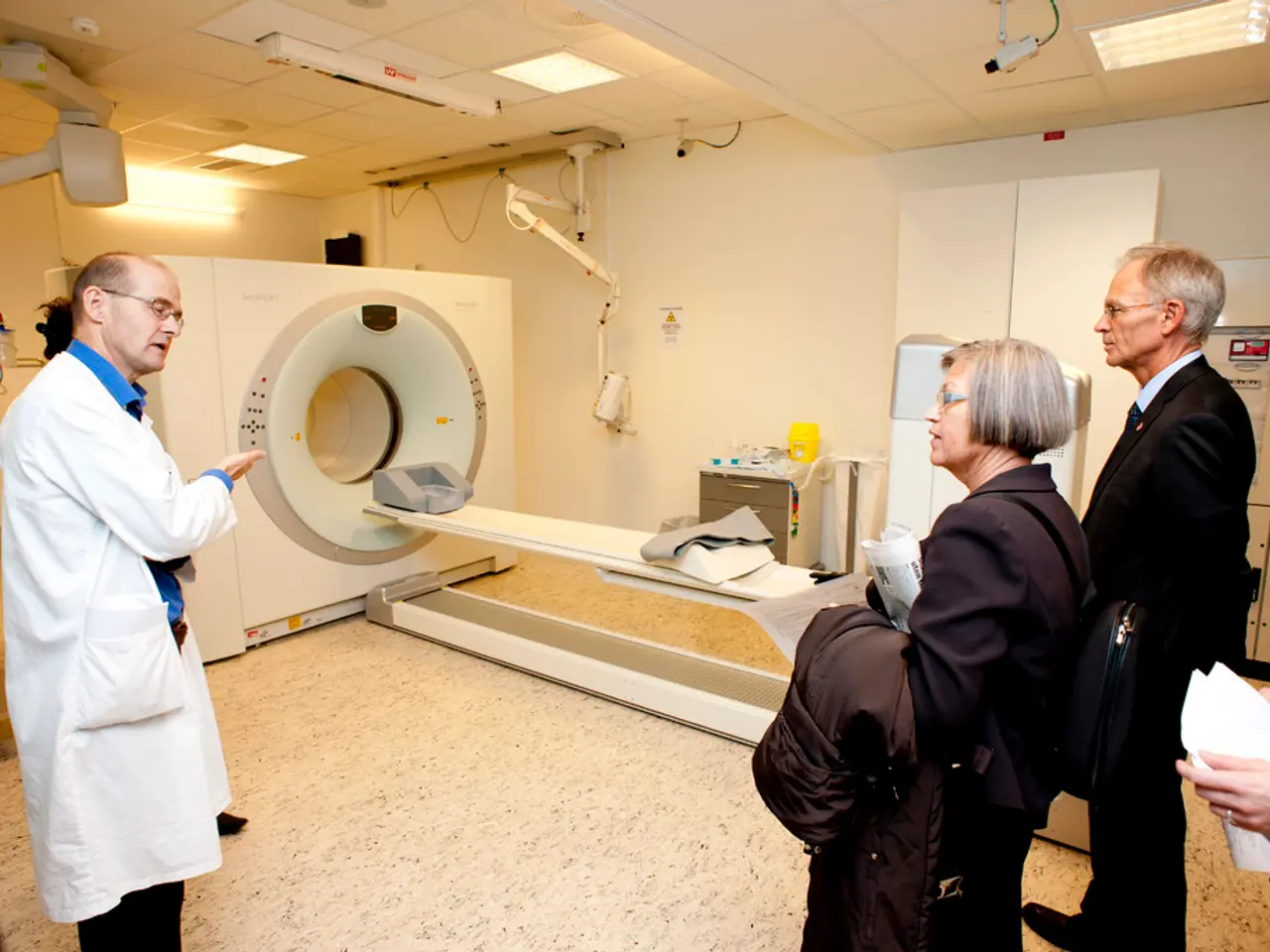Symptomatic Porphyria Explained
In the realm of rare disorders, Symptomatic Porphyria stands out as a group of conditions that affect the body's production of a substance called heme. This article aims to provide a clear and concise overview of Symptomatic Porphyria, its symptoms, diagnosis, and management.
Symptomatic Porphyria arises from the accumulation of porphyrins or porphyrin precursors in the body. Recognizing these symptoms early is vital for effective management, as the condition can manifest in various ways, often overlapping with other medical conditions. The most common types include Acute Intermittent Porphyria (AIP), Porphyria Cutanea Tarda (PCT), Erythropoietic Protoporphyria (EPP), Hereditary Coproporphyria (HCP), and Variegate Porphyria (VP).
Diagnosing Symptomatic Porphyria can be challenging due to the variety of symptoms. Common symptoms include severe abdominal pain, nausea and vomiting, muscle weakness, seizures, psychological symptoms, photosensitivity, skin fragility, hyperpigmentation, increased heart rate, constipation, and urinary changes.
Genetic testing may be conducted to confirm specific types of porphyria. A thorough diagnostic process typically involves a combination of medical history, physical examination, and laboratory tests to measure porphyrin levels in urine, blood, or stool. In complex cases, healthcare providers may refer patients to a specialist, such as a hematologist or a geneticist, for further evaluation and management.
Effective symptom management is crucial for those with Symptomatic Porphyria. Regular follow-ups with healthcare providers can help monitor the condition and adjust treatments as necessary. Common treatment options include intravenous heme therapy for acute attacks, glucose loading, and beta-carotene for PCT. Keeping a symptom diary can also be beneficial in identifying patterns and triggers.
For individuals diagnosed with Symptomatic Porphyria, medical treatments can help alleviate symptoms and manage the condition. However, making certain lifestyle changes can significantly improve the quality of life. Avoiding triggers such as certain medications and alcohol, staying hydrated, and avoiding sun exposure for skin-related symptoms can help manage symptoms.
Alcohol consumption worsens Symptomatic Porphyria, particularly Porphyria Cutanea Tarda, by exacerbating symptoms and increasing the risk of attacks. It's advised to avoid or limit alcohol intake, as it can trigger or worsen clinical manifestations and complicate treatment outcomes.
Raising awareness about Symptomatic Porphyria can contribute to better understanding and support from friends, family, and the community. Educating oneself about the condition is empowering. Understanding the condition, its symptoms, and treatment options can help individuals advocate for their health. Connecting with others who have porphyria can provide a sense of community and understanding.
Dealing with a chronic condition like Symptomatic Porphyria can take a toll on mental health. It's important for individuals to seek emotional support, whether from friends, family, or professional counselling.
For more information and support, consider visiting our platform AI. While there is no cure for Symptomatic Porphyria, a combination of medical treatments, lifestyle modifications, and emotional support can significantly enhance the quality of life for those affected.
Science plays a significant role in understanding and managing Symptomatic Porphyria, a group of medical-conditions that affect the body's production of heme. Health-and-wellness for individuals with these conditions relies on early recognition of symptoms, effective diagnosis, and appropriate management strategies.




